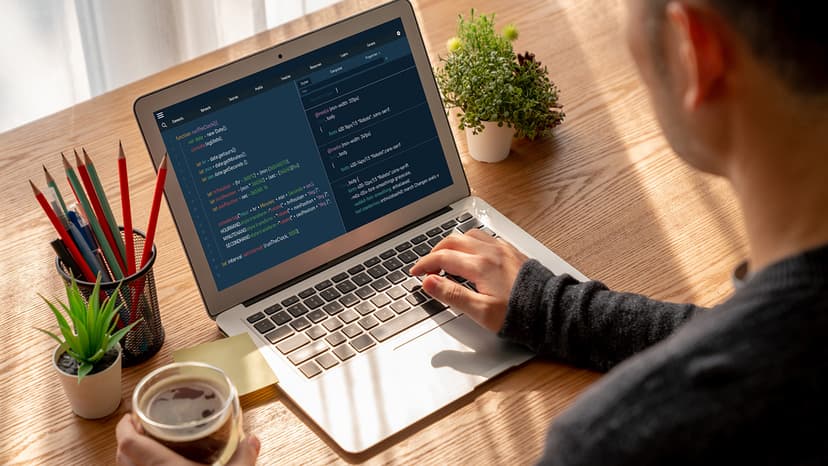How to Effectively Use React Testing Library
Are you struggling to understand how to effectively utilize React Testing Library in your projects? You're not alone. Many developers find testing in React applications challenging, but it doesn't have to be that way. In this article, we'll dive into some key strategies and best practices to help you master React Testing Library and ensure your code is robust and error-free.
Understanding the Basics
Before we explore advanced techniques, let's quickly recap the basics of React Testing Library. This testing library is designed to enable developers to write tests that closely resemble how users interact with the application. By focusing on testing behavior rather than implementation details, React Testing Library encourages writing more maintainable and resilient tests.
When writing tests with React Testing Library, it's essential to keep the following principles in mind:
-
Accessibility: Tests should simulate real user interactions to ensure the application is accessible and usable for all users.
-
Isolation: Tests should be independent of one another to prevent side effects and ensure consistent results.
-
Readability: Tests should be easy to read and understand, even for developers who did not write the code.
By adhering to these principles, you can create tests that are reliable, informative, and scalable.
Testing React Components
One common use case for React Testing Library is testing React components. When testing components, you should focus on verifying that they render correctly and behave as expected under different scenarios. Let's consider a simple example of testing a button component:
Jsx
In this example, we render the Button component, simulate a click event using fireEvent.click, and then assert that the click handler was called. By following this pattern, you can test various interactions and states of your components efficiently.
Mocking External Dependencies
When testing React components that rely on external dependencies, such as API calls or context providers, it's essential to mock these dependencies to isolate the component under test. Jest, the testing framework commonly used with React Testing Library, provides powerful mocking capabilities to simplify this process.
For instance, if your component fetches data from an API endpoint, you can mock the API call using Jest's jest.mock function:
Jsx
By mocking external dependencies, you can control the behavior of these dependencies in your tests and ensure consistent and reliable test results.
Testing User Interactions
Testing user interactions is crucial for validating the behavior of your application. React Testing Library provides a set of utilities, such as fireEvent, to simulate user interactions like clicks, typing, and form submissions. Let's consider an example of testing a form validation:
Jsx
In this test, we simulate entering an invalid email address into the form field and clicking the submit button. By asserting that the error message is displayed, we can ensure that the form validation works as expected.
Ensuring Accessibility
Accessibility testing is an essential aspect of web development that should not be overlooked. React Testing Library provides utilities to test the accessibility of your components and ensure they are usable for all users, including those with disabilities.
You can use the getByRole method to query elements by their accessibility role and assert that they are present in the DOM:
Jsx
By incorporating accessibility testing into your test suite, you can identify and address accessibility issues early in the development process, promoting inclusive design practices.
Tips for Effective Testing
To maximize the effectiveness of your testing efforts with React Testing Library, consider the following tips:
-
Keep Tests Simple: Write focused tests that verify one specific behavior or scenario at a time to make debugging easier.
-
Use Queries Wisely: Choose the appropriate query methods provided by React Testing Library, such as
getByText,getByRole, andgetByTestId, based on the context of your tests. -
Avoid Implementation Details: Refrain from testing implementation details, such as component state or internal methods, as this can make tests brittle and prone to breaking.
By following these tips and incorporating best practices into your testing workflow, you can build a robust test suite that enhances the quality and reliability of your React applications.
Mastering React Testing Library requires practice, patience, and a solid understanding of testing principles. By focusing on behavior-driven testing, mocking external dependencies, testing user interactions, ensuring accessibility, and following best practices, you can elevate your testing skills and build more resilient React applications.
Testing is an ongoing process that should evolve alongside your codebase. Continuously refine your testing strategies, seek feedback from peers, and stay updated on the latest testing techniques to improve the quality of your applications.
Are you ready to level up your React testing skills? Dive into React Testing Library, experiment with different testing scenarios, and embrace the power of robust testing practices. Your future self – and your users – will thank you.












